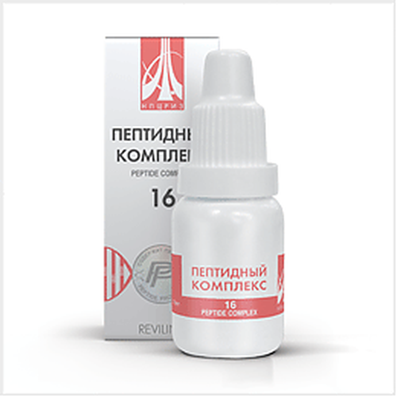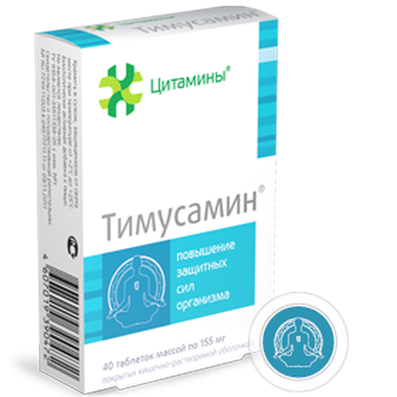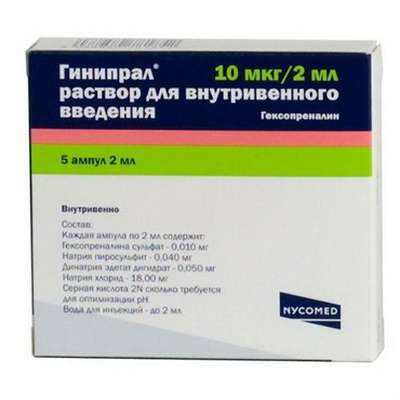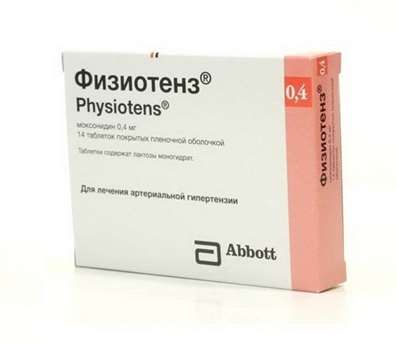Instruction for use: Nasivin Sansitive
I want this, give me price
Trade name of the drug – Nasivin Sansitive
ATX code R01AA05 Oxymetazoline
Pharmacotherapeutic group:
Decongestant agent - alpha-agonists [alpha agonists]
Decongestant agent - alpha-agonists [decongestant]
The nosological classification (ICD-10)
H66.9 Otitis media, unspecified
Chronic otitis, Otitis, otitis media, middle ear infections, Otitis media in children
H68 inflammation and blockage of the ear [Eustachian] pipes
Eustachian, Acute evstahiit, Qatar Eustachian tubes, Evstaheit
J00 Acute nasopharyngitis [runny nose]
Viral rhinitis, Inflammation of the nasopharynx, Inflammatory diseases of the nose, purulent rhinitis, Nasal congestion, Nasal congestion with colds and flu, The difficulty of nasal breathing, The difficulty of nasal breathing for colds, Difficulty in nasal breathing, Difficulty in nasal breathing in colds, nasal, hypersecretion, cold, ARI with rhinitis phenomena, coryza, Acute rhinitis of various origins, Acute rhinitis with thick purulent mucous exudate, Acute nasopharyngitis, Swelling of the mucosa of the nasopharynx, Rhinitis, rhinorrhea, Infectious-inflammatory diseases of ENT organs, heavy cold, rhinopharyngitis, nasopharyngitis
J01.9 Acute sinusitis, unspecified
Allergic sinusitis, Pain in sinusitis, Inflammation of the sinuses, catarrhal sinusitis, polypoid sinusitis, Sin
J06 Acute upper respiratory infections of multiple and unspecified
Frequent colds viral diseases, Infections of the upper respiratory tract, Acute respiratory disease influenza character, for colds Pain, Acute colds,Cold, respiratory infection,Seasonal colds, Pain in infectious and inflammatory diseases of the upper respiratory tract, Bacterial infections of the upper respiratory tract, Bacterial respiratory infections, Viral disease of the respiratory tract, Viral respiratory tract infections, Inflammatory disease of the upper respiratory tract, Inflammation of the upper respiratory tract disease, Inflammation of the upper respiratory tract illness with difficult sputum, Inflammatory airway disease, Secondary infections with colds, Shortness of sputum in acute and chronic respiratory diseases, Upper respiratory tract infection, Infections of the upper respiratory tract, Respiratory Tract Infections, Infections of the respiratory tract and lungs, Infectious-inflammatory diseases of the upper respiratory tract, Infectious-inflammatory diseases of the upper respiratory tract and ENT-organs, Infectious-inflammatory diseases of the upper respiratory tract in children and adults, Infectious-inflammatory diseases of the upper respiratory tract, Infectious inflammation of the airways,respiratory infection, Qatar upper respiratory tract, Catarrh of the upper respiratory tract, Catarrhal disease of the upper respiratory tract, Catarrhal symptoms of the upper respiratory tract, Coughing with a cold, SARS, ARI, ARI with rhinitis phenomena, Acute respiratory infection, Acute infectious and inflammatory disease of the upper respiratory tract, Acute respiratory disease, Sore throat or nose, Respiratory viral infections, Respiratory diseases, Respiratory infections, Recurrent respiratory infections, Secondary infection with influenza, cold in the chest, Feverish condition with flu
usitis, acute sinusitis, genyantritis, purulent sinusitis
J30 Vasomotor and allergic rhinitis
Allergic rinopatiya, Allergic rhinosinusopathy, Allergic respiratory diseases, Allergic rhinitis, nasal allergy, Seasonal Allergic Rhinitis, Vasomotor rhinitis, Long-allergic rhinitis, Perennial allergic rhinitis, Perennial allergic rhinitis, Year-round or seasonal allergic rhinitis, Year-round allergic rhinitis nature, Rhinitis allergic vasomotor, Exacerbation of pollen allergy in the form of Syndrome rinokonyunktivalnogo, Acute allergic rhinitis, Edema of the nasal mucosa, Edema of the nasal mucosa, Swelling of the mucosa of the nasal cavity, Swelling of the nasal mucosa, Swelling of the nasal mucosa, pollen disease, Permanent allergic rhinitis, rhinoconjunctivitis, rhinosinusitis,rhinosinusopathy, Seasonal allergic rhinitis, Seasonal Allergic Rhinitis, Haymarket rhinitis, Chronic allergic rhinitis, Allergic respiratory diseases
J32.9 Chronic sinusitis, unspecified
polypoid rhinosinusitis, Inflammation of the sinuses, Inflammation of the lateral sinuses
J999 * Diagnosis of Respiratory Diseases
bronchography, bronchoscopy, Diagnostic procedures in the nasal passages, Diagnostic Study of the bronchi, laryngoscopy, Preparing for rhinoscopy, Preparing the patient for bronchoscopy and / or bronhografii, Preparing the patient for bronchoscopy or bronhografii, Preparing the patient for diagnostic procedures in the nasal passages, Preparing the patient for diagnostic procedures in the area of the nasal passages, rhinoscopy, Visualization of the chest cavity, Chest X-ray, Mediastinoscopy
Composition
Nasal drops 1 ml
active substance:
oxymetazoline hydrochloride 0.1 mg
Excipients: citric acid monohydrate - 0.609 mg; Sodium citrate dihydrate - 3,823 mg; glycerol (85%) - 24.921 mg; Purified water - 978.547 mg
Description
Transparent or nearly transparent, from almost colorless to slightly yellow solution.
Pharmacological Properties of Nasivin SansitivePharmachologic effect
decongestant, alpha-agonists.
pharmacodynamics
Nazivin® Sensitive (oxymetazoline) has a vasoconstrictor effect. When applied topically on inflamed nasal mucosa decreases the swelling and nasal discharge. Restores nasal breathing. Eliminating swelling of the mucous membranes of the nasal cavity helps to restore the aeration of the paranasal sinuses of the nasal cavity, middle ear cavity, which reduces the risk of complications of bacterial respiratory infections (sinusitis, sinusitis, otitis media). For topical intranasal application of therapeutic and non-irritating concentrations does not cause flushing nasal mucosa. Oxymetazoline begins to act quickly, for 15 minutes. Duration Nazivin® Sensitive - up to 12 hours.
Pharmacokinetics
The local application of intranasal drug has no systemic effect. T1 / 2 oxymetazoline when administered intranasally 35 hours 2.1% oxymetazoline excreted in the urine, and about 1.1% -. With feces.
Indications for Nasivin Sansitive
acute respiratory disease with symptoms of rhinitis;
Acute allergic rhinitis;
worsening of vasomotor rhinitis;
to facilitate the outflow discharge from the sinuses in sinusitis, Eustachian, otitis media;
to eliminate the edema before diagnostic procedures in the nasal passages.
Contraindications for Nasivin Sansitive
hypersensitivity to the drug;
atrophic rhinitis;
angle-closure glaucoma.
Precautions: severe illness cardiovascular system, severe metabolic disorders.
Side effect of Nasivin Sansitive
Dry nasal mucosa, sneezing, severe nasal congestion (reactive hyperemia) - from ≥1 to <10%.
Increased blood pressure, tachycardia - from ≥0,1 to <1%.
Headache, insomnia - from ≥0,01 to <0.1%.
Side effects due to systemic effects of the drug: dizziness, anxiety, irritability, sleep disturbance (in children), rash, visual disturbances (when the eye contact).
Prolonged or continuous use of vasoconstrictor drugs may lead to tachyphylaxis, atrophy of the nasal mucosa and return edema nasal mucosa (rhinitis medicamentosa).
Interaction
Slows down the absorption of drugs mestnoanesteziruyuschih from the nasal cavity, extend their action.
Dosage and Administration
Intranasal.
Nazivin® Sensitive nasal drops 0.01% intended for instillation into the nose children aged up to one year. 1 drop Nazivin® Sensitive 0.01% contains 2.8 micrograms oxymetazoline hydrochloride.
Children under the age of 4 weeks administered 1 drop Nazivin® Sensitive in each nostril 2-3 times a day. On the 5th week of life and until 1 year - 1-2 drops into each nostril 2-3 times a day.
Before use, the vial should be flipped. The drug should be instilled, throwing back the baby's head.
The efficiency is also following procedure: Depending on the age of 1-2 drops Nazivin® Sensitive applied to cotton wool and rub each nostril. At the recommended dose without consulting your doctor, do not use more than 5-7 days. If symptoms worsen or there is no improvement within 3 days, you must consult your doctor.
Above the recommended dose may be used only under medical supervision.
Overdose
Symptoms: nausea, increased blood pressure, tachycardia, CNS depression.
Treatment: symptomatic.
special instructions
Avoid contact with the eyes of the drug.
To prevent the spread of infection need to use the drug individually.
After prolonged use of funds from the common cold containing oxymetazoline, at doses higher than recommended, we can not exclude the overall impact on the cardiovascular system and central nervous system.
release Form
Nasal drops, 0.01%. In 5 mL vial made of PE with a metering device and a protective cover made of PE. 1 fl. placed in a cardboard box.
Storage conditions of Nasivin Sansitive
The temperature is not higher than 30 ° C.
Keep out of the reach of children.
Shelf life of Nasivin Sansitive
3 years.
Do not use beyond the expiration date printed on the package.
Available without prescription.

 Cart
Cart





